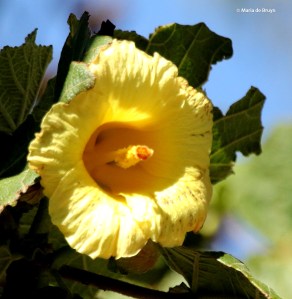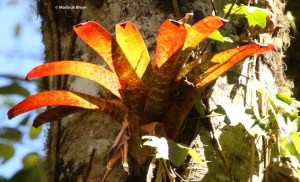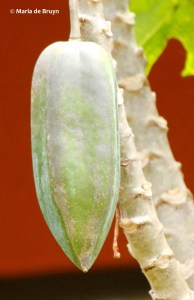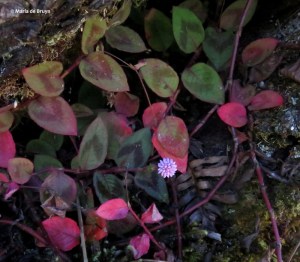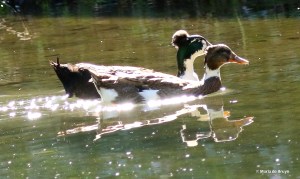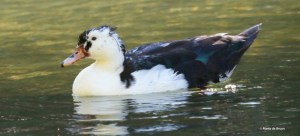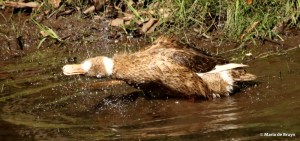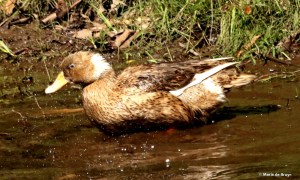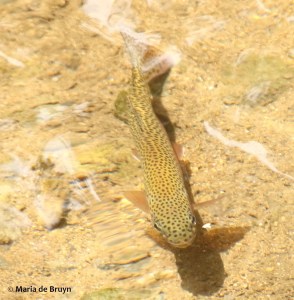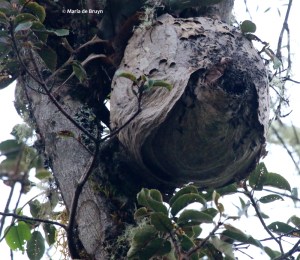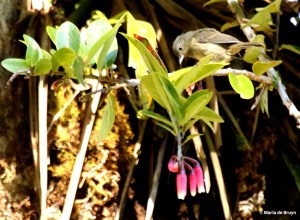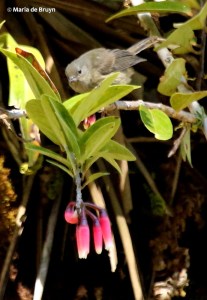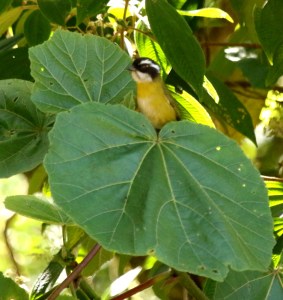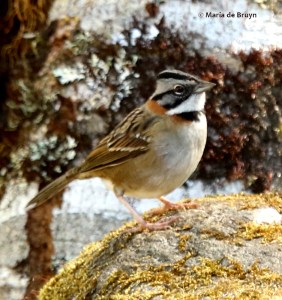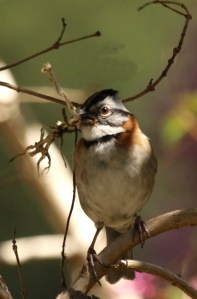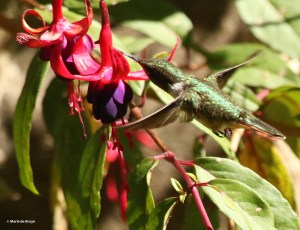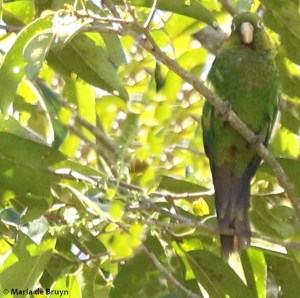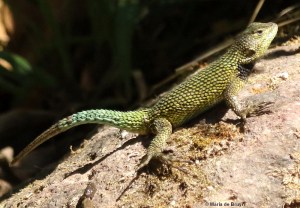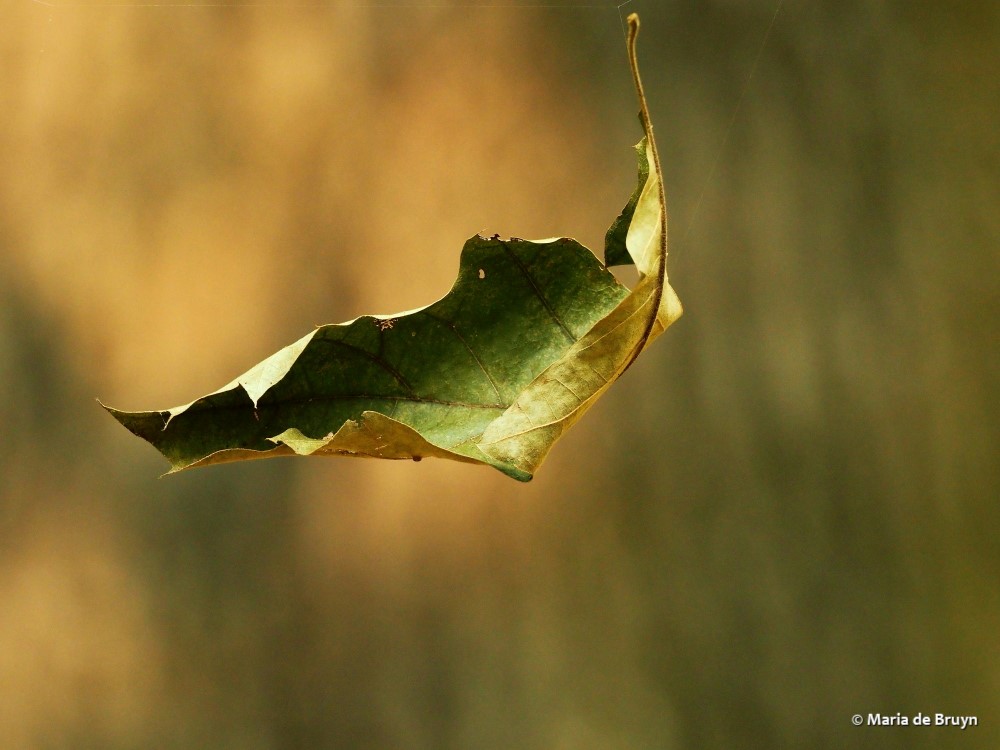
Not too long ago, a friend asked me whether I’d stopped writing my blog, a question that truly startled me. Over the past months, much of my time has been spent addressing new as well as ongoing problems and challenges, but I also kept taking nature walks and photographing wildlife and natural phenomena.
I stored photos and notes in folders for potential blog topics, so in my mind I was still engaged in the writing process, but then I realized that my last blog was published in mid-October 2021, 3 months ago! So, I’ve now made a conscious effort to set aside some time to again share some photos and observations of what I’ve been seeing the past half-year or so.
I’ll re-start my blogging with photos in the plant (part 1) and bird (part 2) families but without a specific focus. They are simply visuals that appealed to me, like the suspended leaf above. I hope you enjoy seeing them, too.
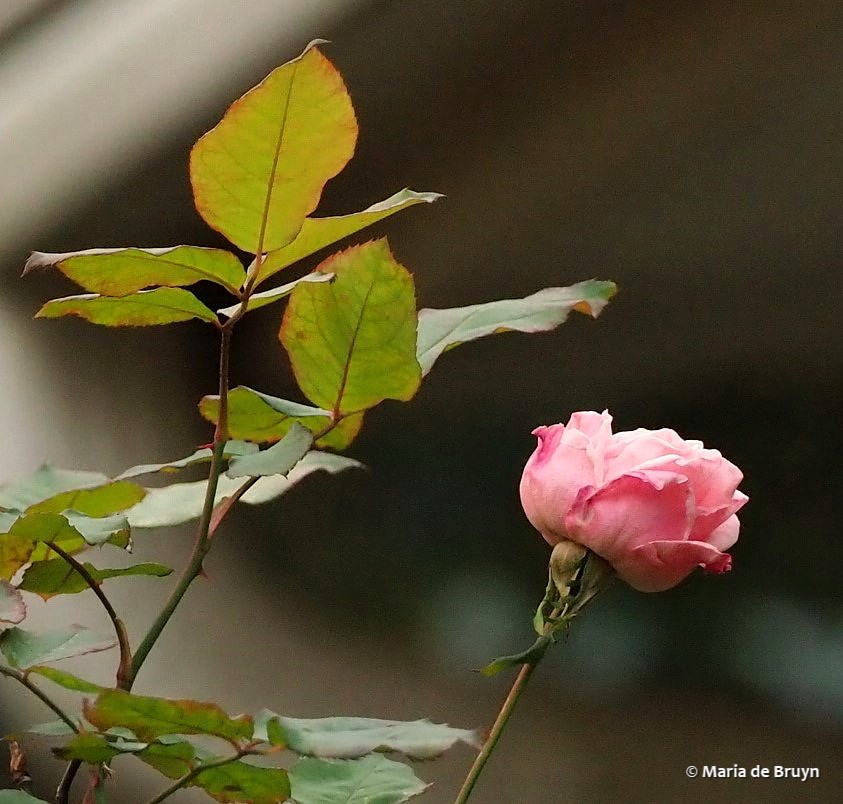
At the end of autumn/start of winter 2021, I still had some lovely flowers blooming in my garden. A rose that hadn’t had any buds all spring and summer suddenly sent out a lovely bloom!
The Rose of Sharon had bloomed all season.
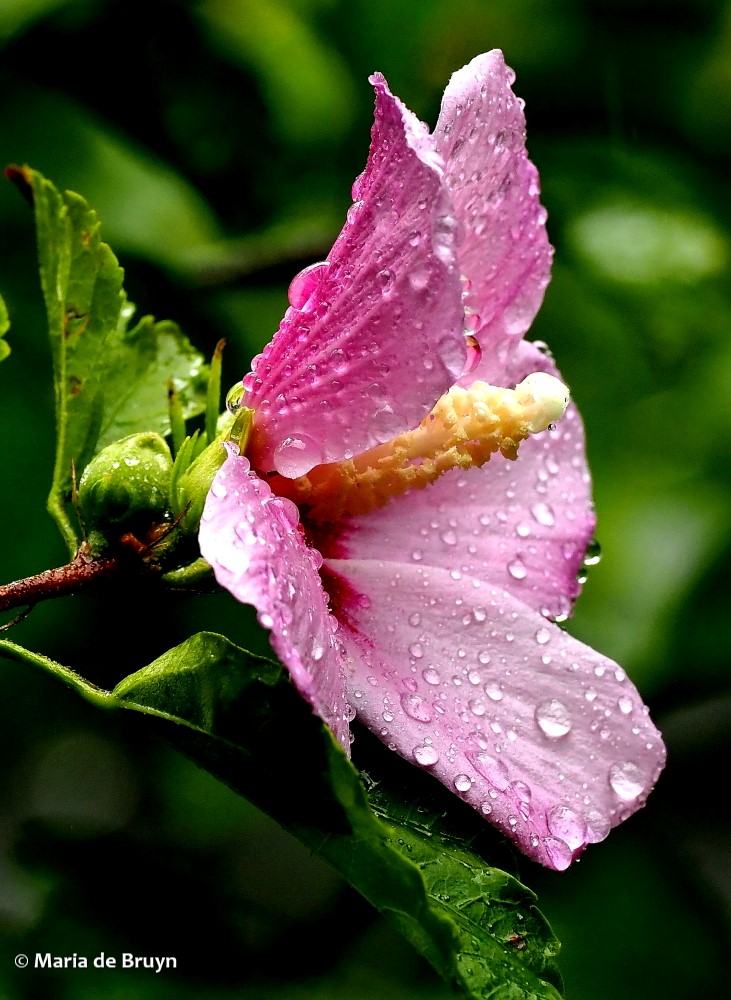
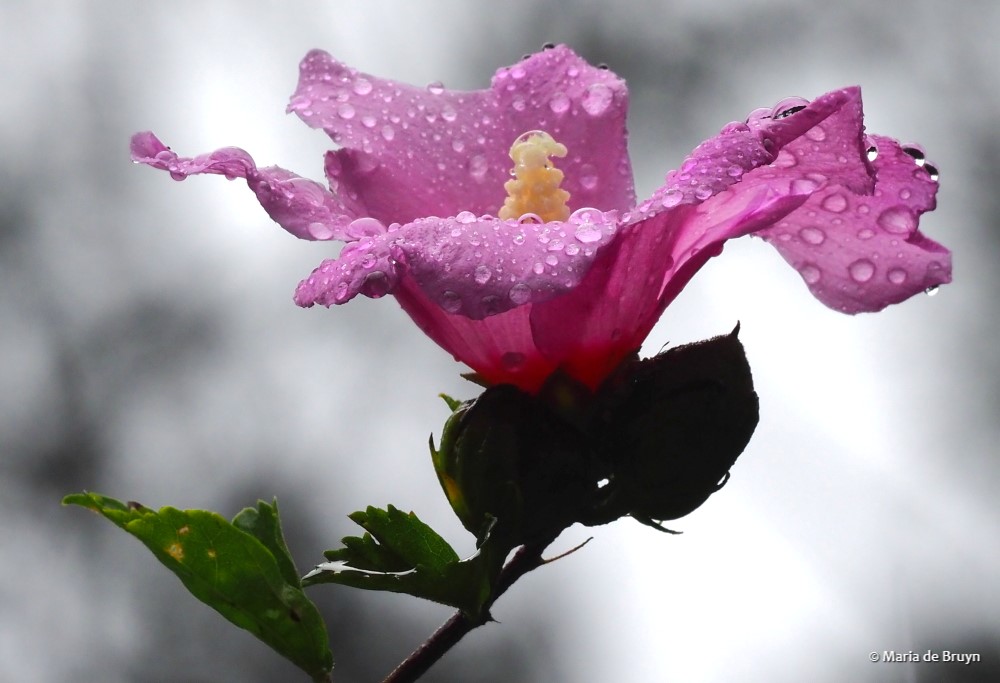
The hot lips sage and lantana emerged in mid-summer and then lasted well into winter.

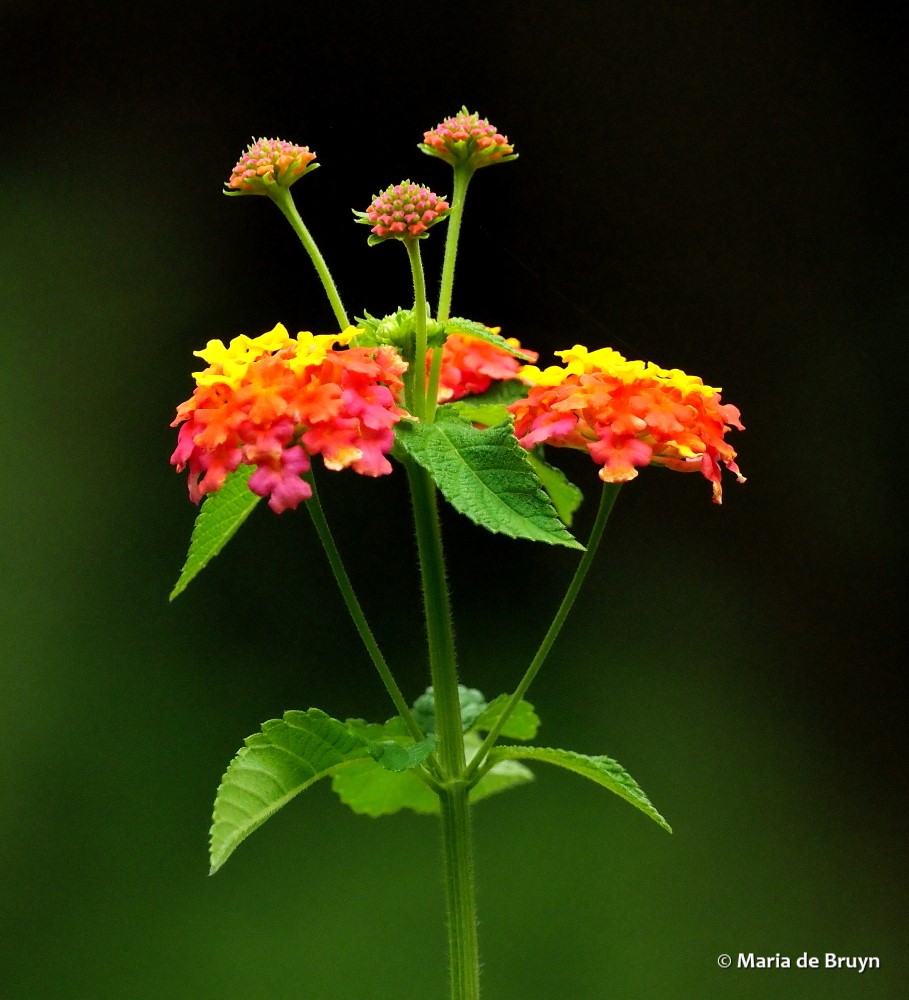
In our area, people often take autumn trips to the Appalachian Mountains as the fall colors tend to be really wonderful then. This year, many people remarked on how gorgeous the trees were in our area and some people decided to just admire the beautiful trees nearby.
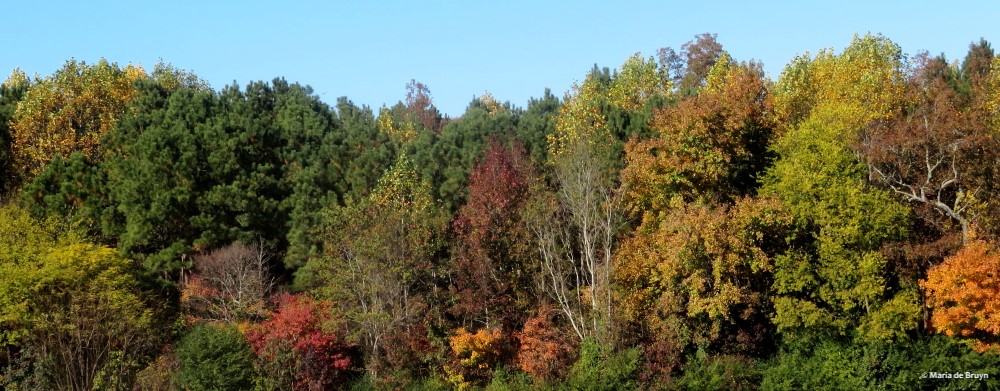

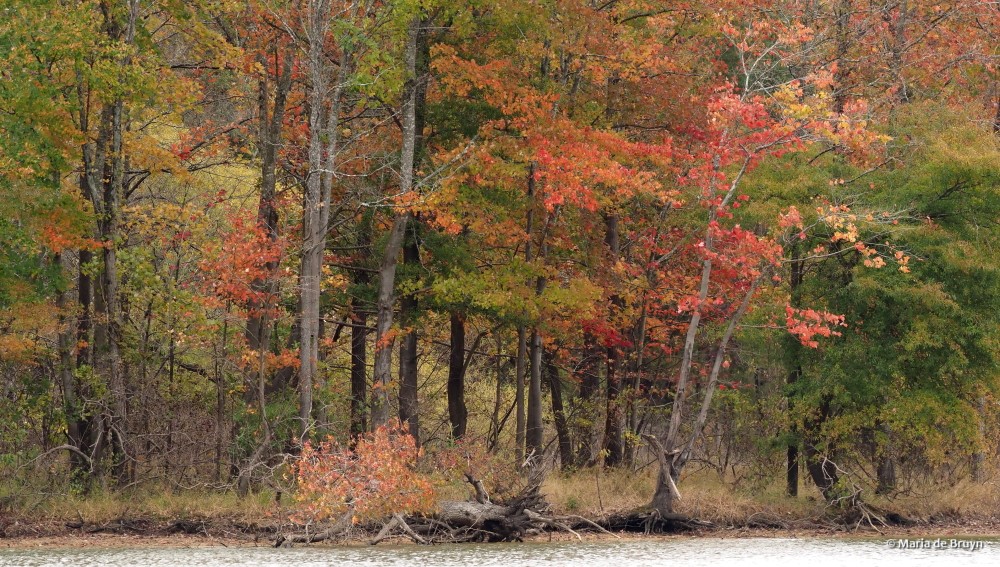
A tree in the Cane Creek Reservoir lake looked lovely against the fall background and the far shore of the lake made for a beautiful scene, too.
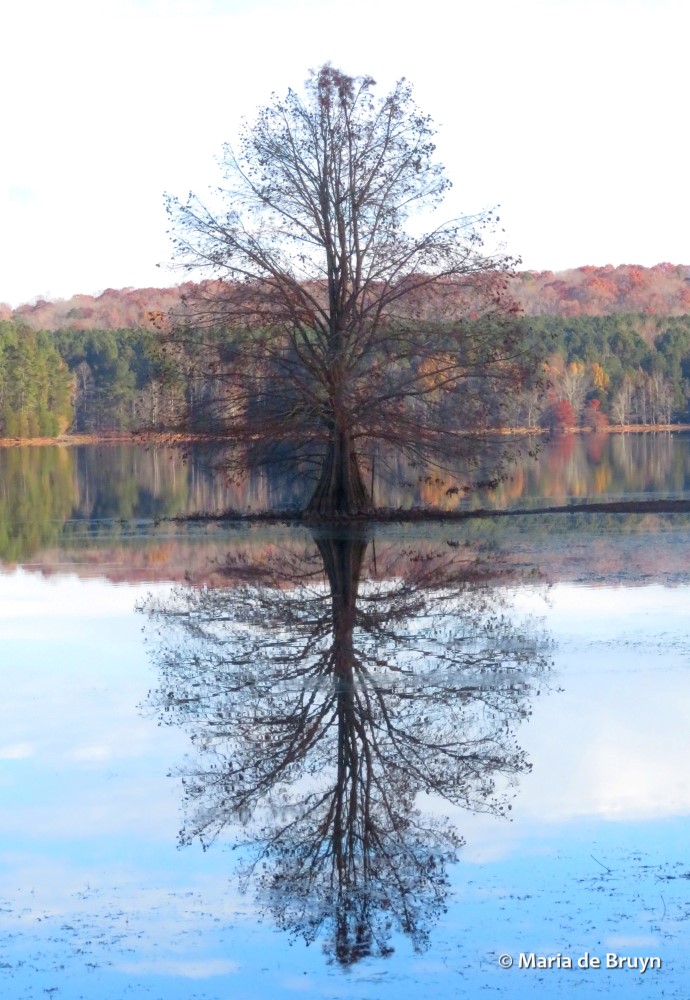

My maple tree delighted me with its bright colors but the leaves didn’t last too long.
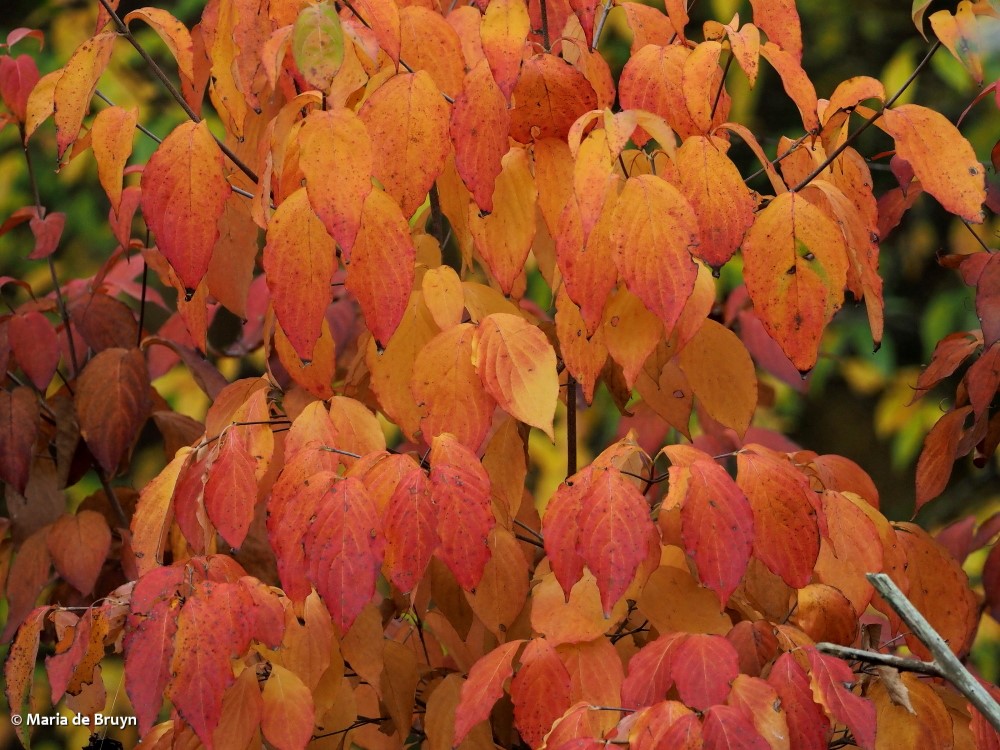
When the vegetation took on winter browns and beige hues, it still was beautiful to see.
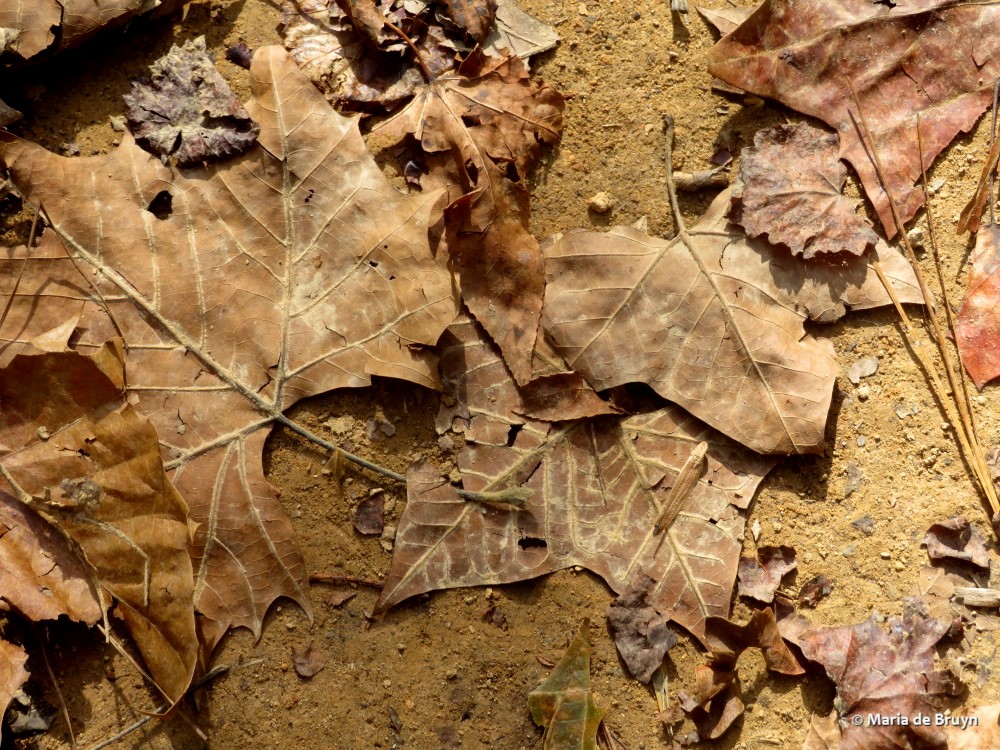
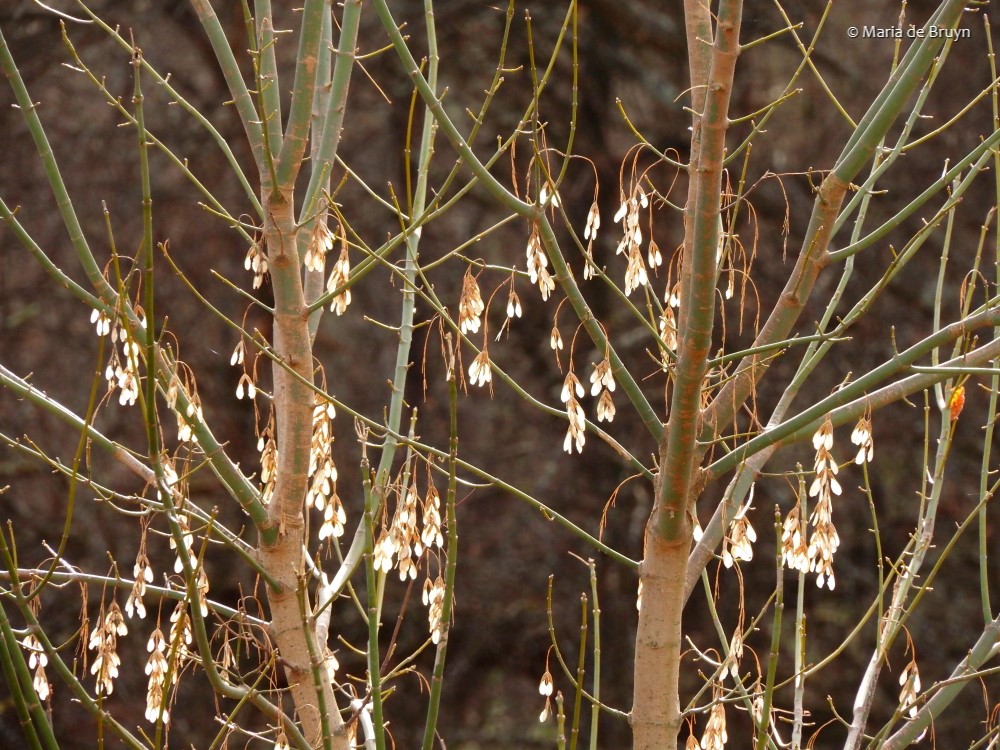
And there were pockets of green left here and there, making for nice abstracts
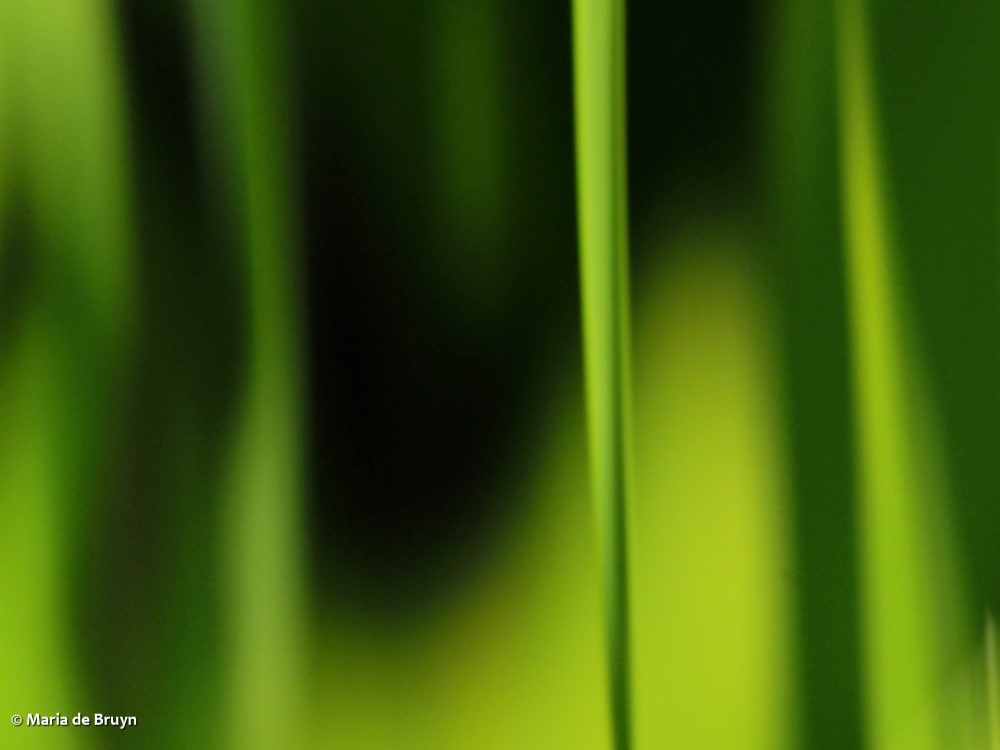
or settings for insects, like spiders.
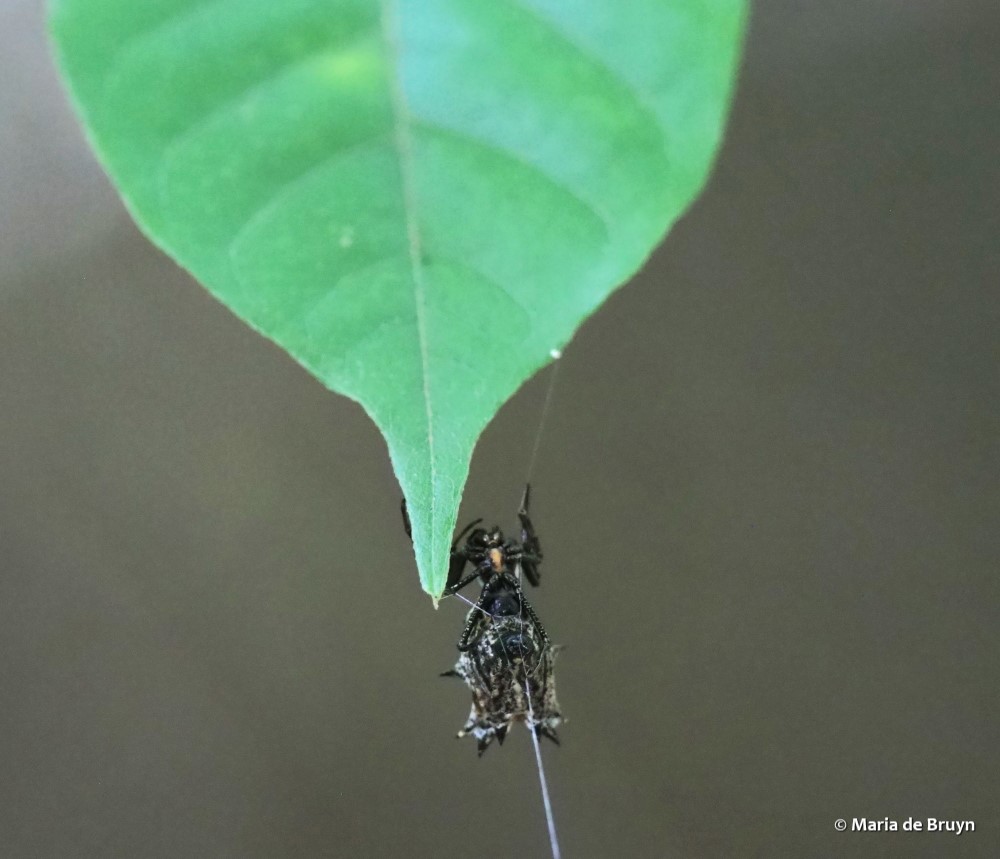

And the rains left behind droplets that shimmered and delighted before dissolving with late-year sunshine.
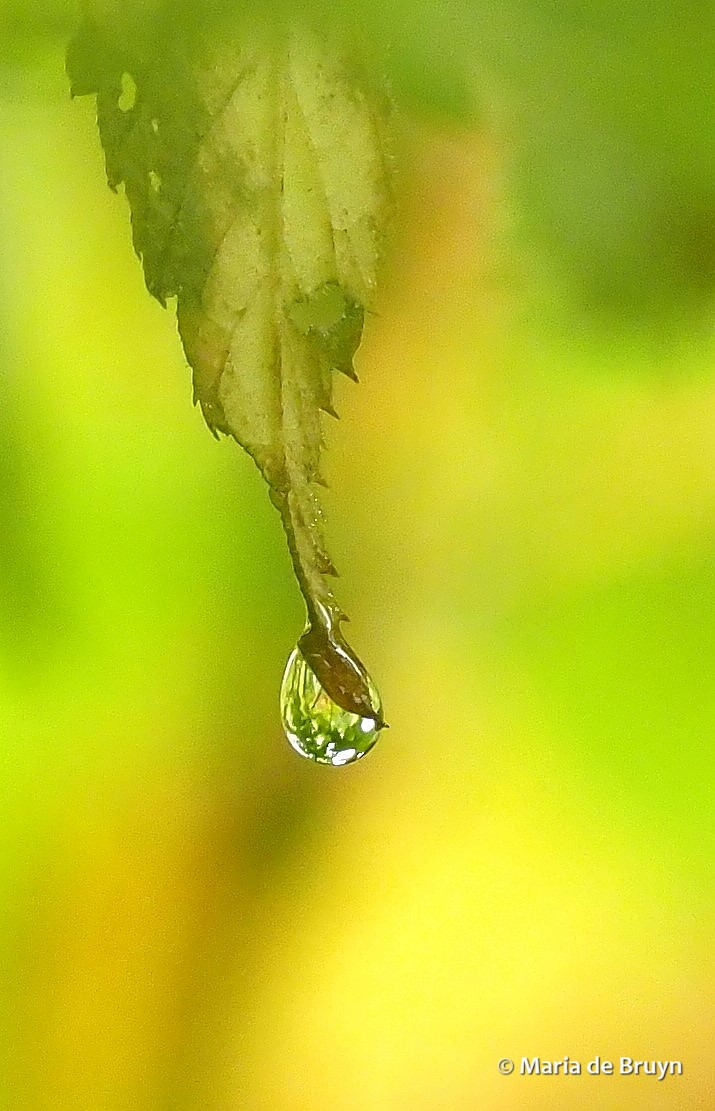
May your coming year will just keep getting better and better as it goes along! (Next up, some birds that have been delightful the past weeks.)

